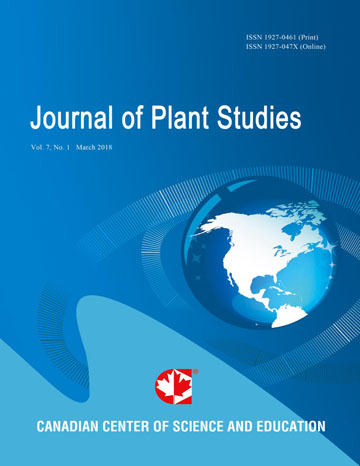Anatomy of Prepatterns in Plants: A Survey
- Robert Korn
Abstract
Prepatterns were initially described independently by Bunning in 1953 for plants and by Stern in 1954 for Drosophila with most of the features essentially the same. The one important difference is that in plants the elements of a prepattern are morphologically recognizable whereas in animals they are detected only indirectly. Two kinds of prepatterns in plants are (a) replacement where elements of a prepattern are substituted by more differentiated elements in the pattern and (b) copy where a pattern forms near the prepattern and both are adaptive but in different ways. A case of replacement is where meristemoid cells in the prepattern are exchanged for stomata in the pattern and an example of copy is the vein pattern in watermelon mesophyll gives rise to nearby stripes in the epidermis. Both replacement and copy prepattern-pattern dualities occur at different levels of plant organization from cell components (thickened vertices in collenchyma) to individual plants (plantlets along the margin of the Bryophyllum leaf). Comparative morphoanatomy of vascular plants finds similar patterns to both lower plants and animals suggesting these features are conserved in the former and had independent origins in the latter.
- Full Text:
 PDF
PDF
- DOI:10.5539/jps.v6n1p89
Journal Metrics
h-index (December 2021): 17
i10-index (December 2021): 37
h5-index (December 2021): N/A
h5-median(December 2021): N/A
( The data was calculated based on Google Scholar Citations. Click Here to Learn More. )
Index
Contact
- Joan LeeEditorial Assistant
- jps@ccsenet.org
